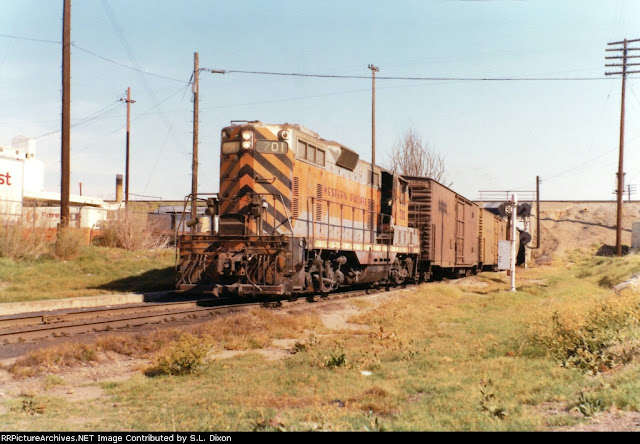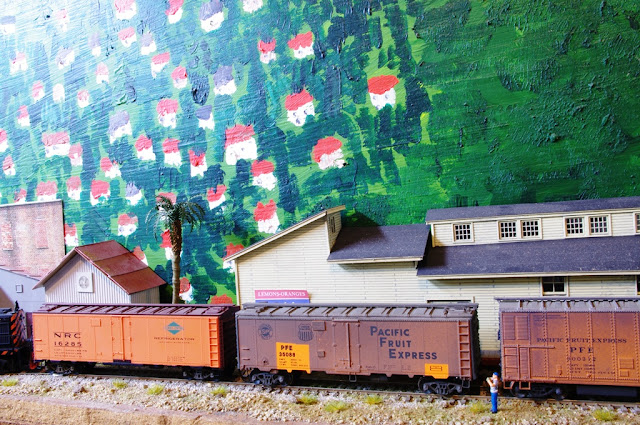However, the Amtrak/Union Pacific Coast Line remained open with minimal interruption, and people wanting to get to Santa Barbara from the south realized they could still take the Amtrak Surfliners. These normally run six or seven cars. The trains were mobbed. In at least one case, local police had to be called to maintain order at a station. Amtrak personnel referred to "Tokyo subway conditions". Over the weekend of January 13-14, Amtrak sent two additional P32-8 locos from northern California and several CDTX coaches from San Joaquin-Capitol service south to augment Surfliner trains.
Amtrak added additional locomotives and Superliner coaches from equipment in Los Angeles so that each Surfliner train got an additional two or three cars. This meant an additional loco had to be added to each train. Normally Surfliners running to Santa Barbara have the loco, either an F59PHI or a P42, on the north end, with a Surfliner cab car on the south end. On the expanded trains, the extra loco was on the south end.
On Wednesday, January 17, I went down to the nearby Glendale station to see how things were running. Here's Amtrak 458, one of the usual Surfliner F59PHIs, at the head of a very late train 761 that morning:
Here's 761's conductor not looking real happy: Here's a blurred shot of one of the cars that came down from up north, a formerly wrecked Superliner that was rebuilt and repainted for San Juaquin service: And an extra Superliner coach:Here's P32-8BWH 510 shoving on the rear, with an extra Superliner just ahead of it: Although the P32s are common on the Coast Starlight, they don't normally run on Surfliner trains. This Train 761 had a total of three Amtrak Superliners and the San Joaquin rebuilt Superliner.
Southbound 768 arrived about a half hour later, with an F59PHI unusually on the south end of the train:
This 768 was cobbled together from normal Surfliner cars, but out of order and with extras. A regular coach is on the south end here, rather than the usual cab car: Here's the long 768 at the platform. A P42 was on the north end. This past Wednesday I went down to Vernon to catch the BNSF Malabar local. A great feature of this location is the Pabco Paper plant that borders the west side of the yard: For the last half dozen years I've watched it, the job nomrally gets a genset and a GP-whatever.Highway 101 was reopened Sunday January 21. I was in Oxnard yesterday and found Train 782 back to its normal consist, cab car on the south end, F59PHI shoving from the north:
As a bonus, I caught this freshly painted, untagged GP40-2, pretty close to 50 years old:

















































